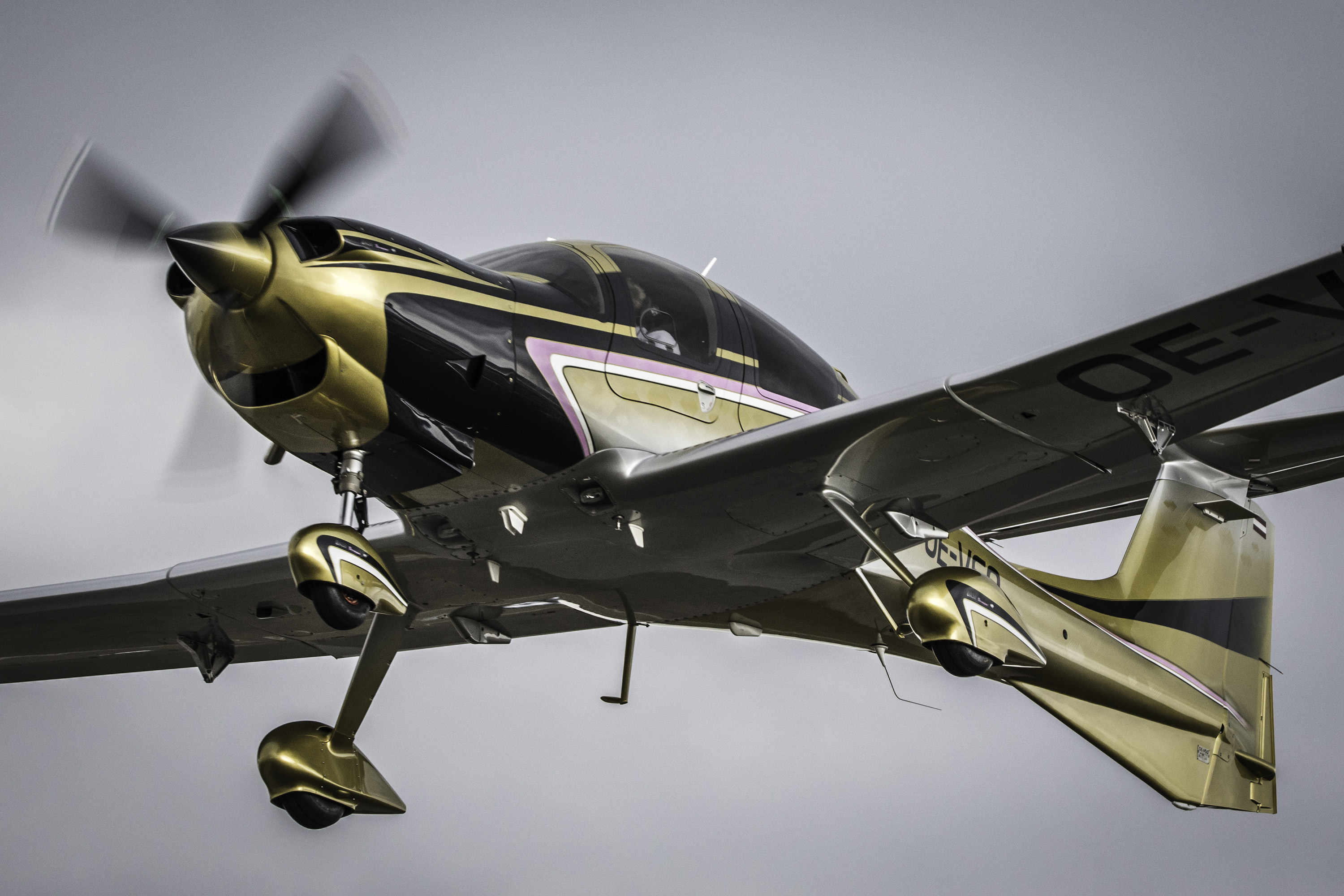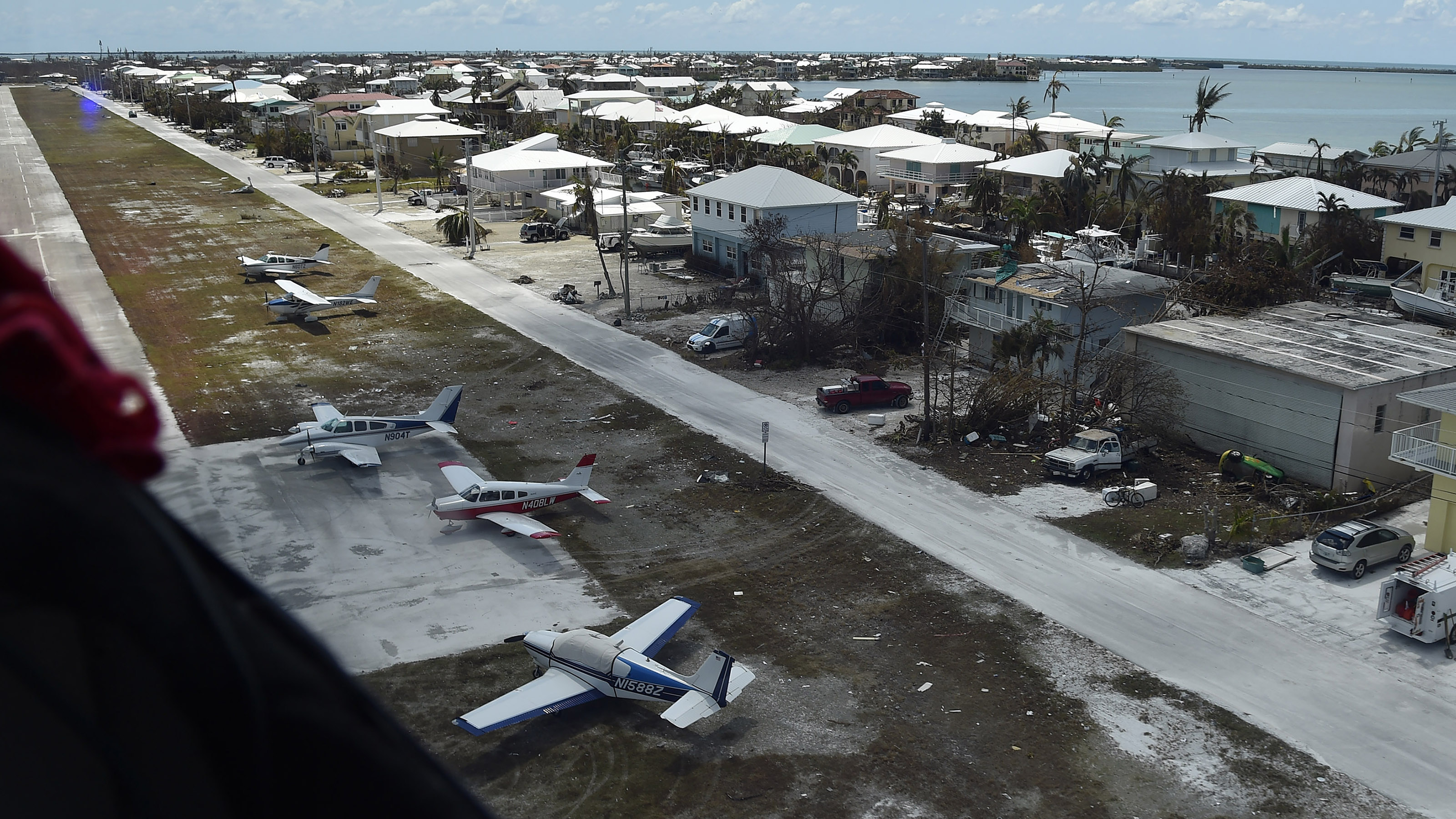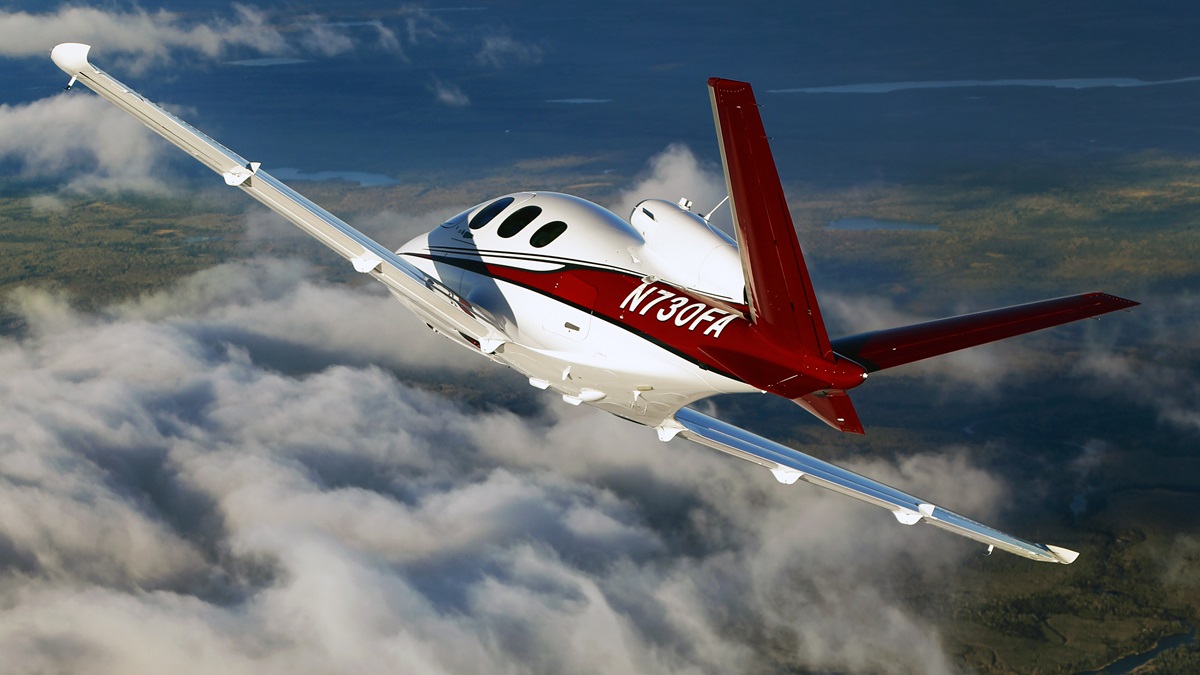Top stories of 2017
Ground-breaking medical reform captured pilots’ attention in 2017 as thousands prepared to make the transition to flying under BasicMed. Aviation played a major role in helping pilots enjoy a natural phenomenon and respond quickly in the wake of natural disasters. Take a look back at what dominated the headlines in 2017, including new aircraft and new destinations to explore.
BasicMed—The most-read stories of the year impacted pilots’ ability to fly: medical reform and the long-awaited launch of BasicMed. The FAA released details of the BasicMed rule in January, followed by the BasicMed checklist and approved AOPA Air Safety Institute aeromedical online course. Pilots started flying under the new alternative to medical certification in May. Now, more than 25,000 aviators are flying under BasicMed.
 New aircraft—Cirrus grabbed attention the first half of the year, with a January announcement that its 2017 models would include the new Garmin G1000 NXi. Pilots got a taste of what it was like to fly the Cirrus Vision Jet in May with AOPA Senior Vice President of Media, Outreach and Events, and Communications Tom Haines as he wrote about the jet’s performance characteristics and demonstrated it in flight on video. Diamond unveiled its five-seat, single-engine prototype DA50-V at Germany’s AERO Friedrichshafen in April, drawing interest from both sides of the pond. Cessna took the limelight in November when it announced its high-wing twin-turboprop SkyCourier 408 that will enter service in 2020 as a cargo and/or passenger hauler.
New aircraft—Cirrus grabbed attention the first half of the year, with a January announcement that its 2017 models would include the new Garmin G1000 NXi. Pilots got a taste of what it was like to fly the Cirrus Vision Jet in May with AOPA Senior Vice President of Media, Outreach and Events, and Communications Tom Haines as he wrote about the jet’s performance characteristics and demonstrated it in flight on video. Diamond unveiled its five-seat, single-engine prototype DA50-V at Germany’s AERO Friedrichshafen in April, drawing interest from both sides of the pond. Cessna took the limelight in November when it announced its high-wing twin-turboprop SkyCourier 408 that will enter service in 2020 as a cargo and/or passenger hauler.
![]()
Icon tragedies—Amphibious light sport aircraft manufacturer Icon suffered two devastating blows in 2017: two fatal accidents, one killing Icon A5 test pilot Jon Karkow and Cagri Sever, both Icon employees, after Karkow mistakenly entered a steep-sided canyon and wasn’t able to turn around. Major League Baseball all-star pitcher Roy Halladay died when he crashed his Icon A5 into the Gulf of Mexico while maneuvering at high speeds and low altitudes. The company places an emphasis on low-altitude training and had also released low-altitude flying guidelines earlier in the year.
Fly-in resorts—AOPA’s new destination articles by aviation travel writer Crista Videriksen Worthy got pilots dreaming and flying again as she detailed new locations across the country. One of the most popular was her series on resorts with runways where pilots could fly right in and be treated to luxury. Worthy highlighted resorts in the Midwest and along the East Coast and West.
Manned vs. unmanned—The first reported collision between a drone and a manned aircraft quickly gained nationwide attention because of the location of the incident and aircraft involved. A drone intentionally flown out of the operator’s line of sight collided with and damaged a Black Hawk helicopter that was patrolling the New York City area during the United Nations General Assembly.
 Solar eclipse—Pilots had a keen advantage for viewing the total solar eclipse Aug. 21: They could fly to airports along the path of totality and change destinations as needed to ensure the best weather for viewing opportunities. AOPA editors were stationed across the country to report on the Great American Eclipse.
Solar eclipse—Pilots had a keen advantage for viewing the total solar eclipse Aug. 21: They could fly to airports along the path of totality and change destinations as needed to ensure the best weather for viewing opportunities. AOPA editors were stationed across the country to report on the Great American Eclipse.

Disaster response—General aviation has been on the front lines providing disaster response and relief flights in 2017. From hurricanes that pummeled Texas, Florida, and Puerto Rico to wildfires ravaging the Northwest and California, the generosity of pilots and utility of GA aircraft have been unparalleled. Grassroots group Operation Airdrop formed after Hurricane Harvey hit Texas and then also helped in Florida after Hurricane Irma. AOPA became heavily involved in relief efforts in Florida and the U.S. Virgin Islands. GA also was key in providing relief after Hurricane Maria devastated Puerto Rico. As California wildfires still rage, GA airports are becoming staging grounds for helicopters battling the blaze from the air.



